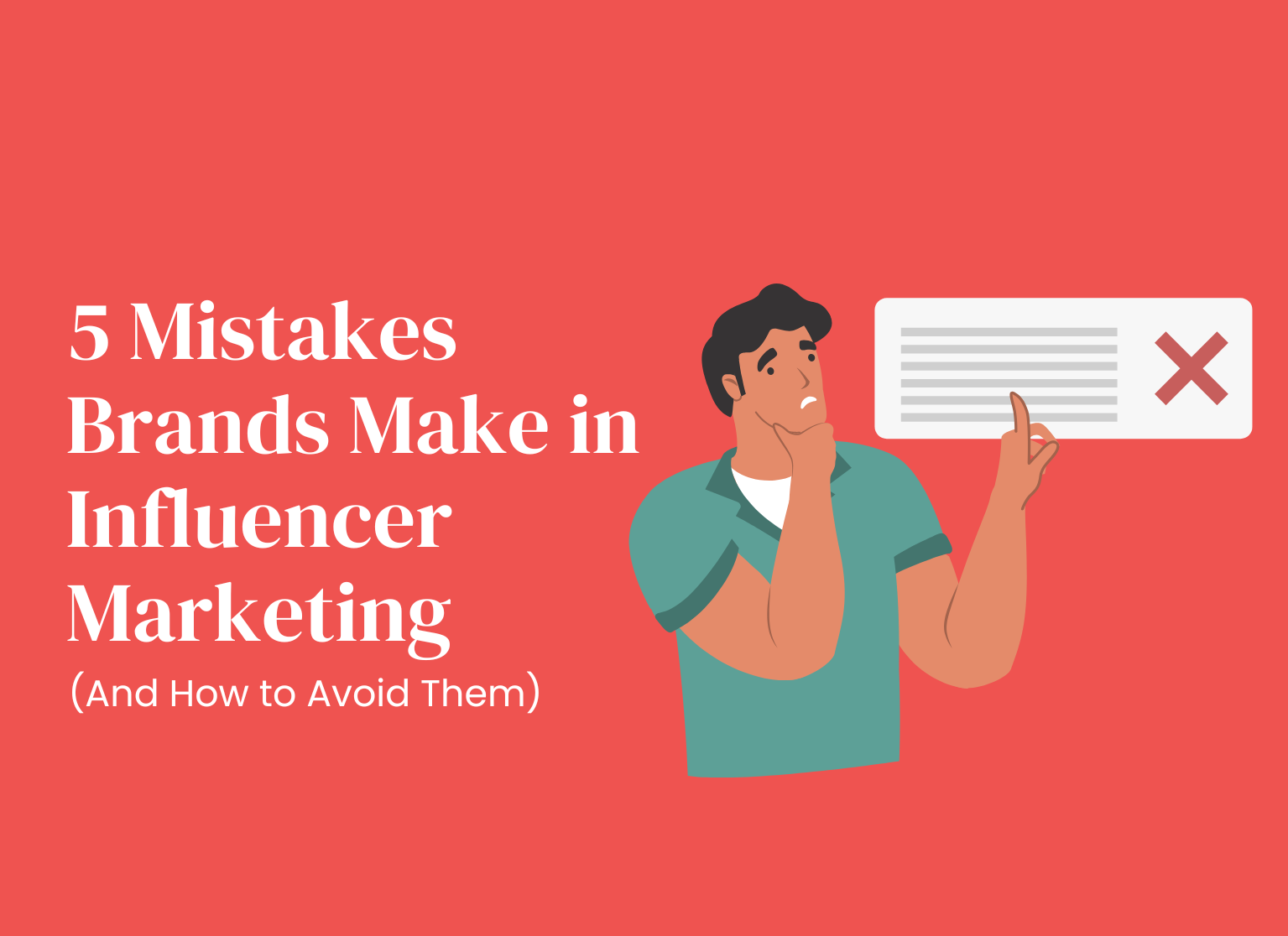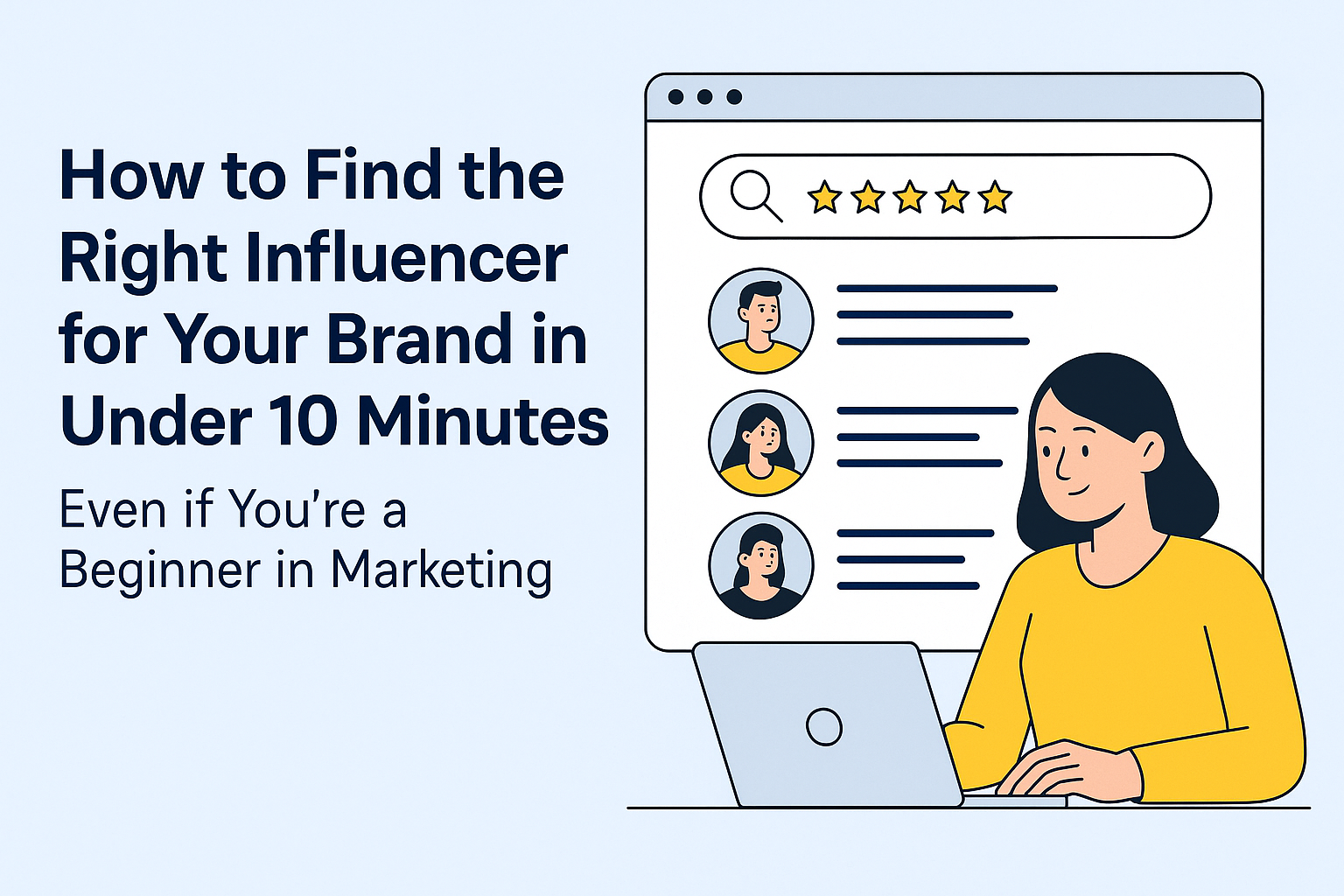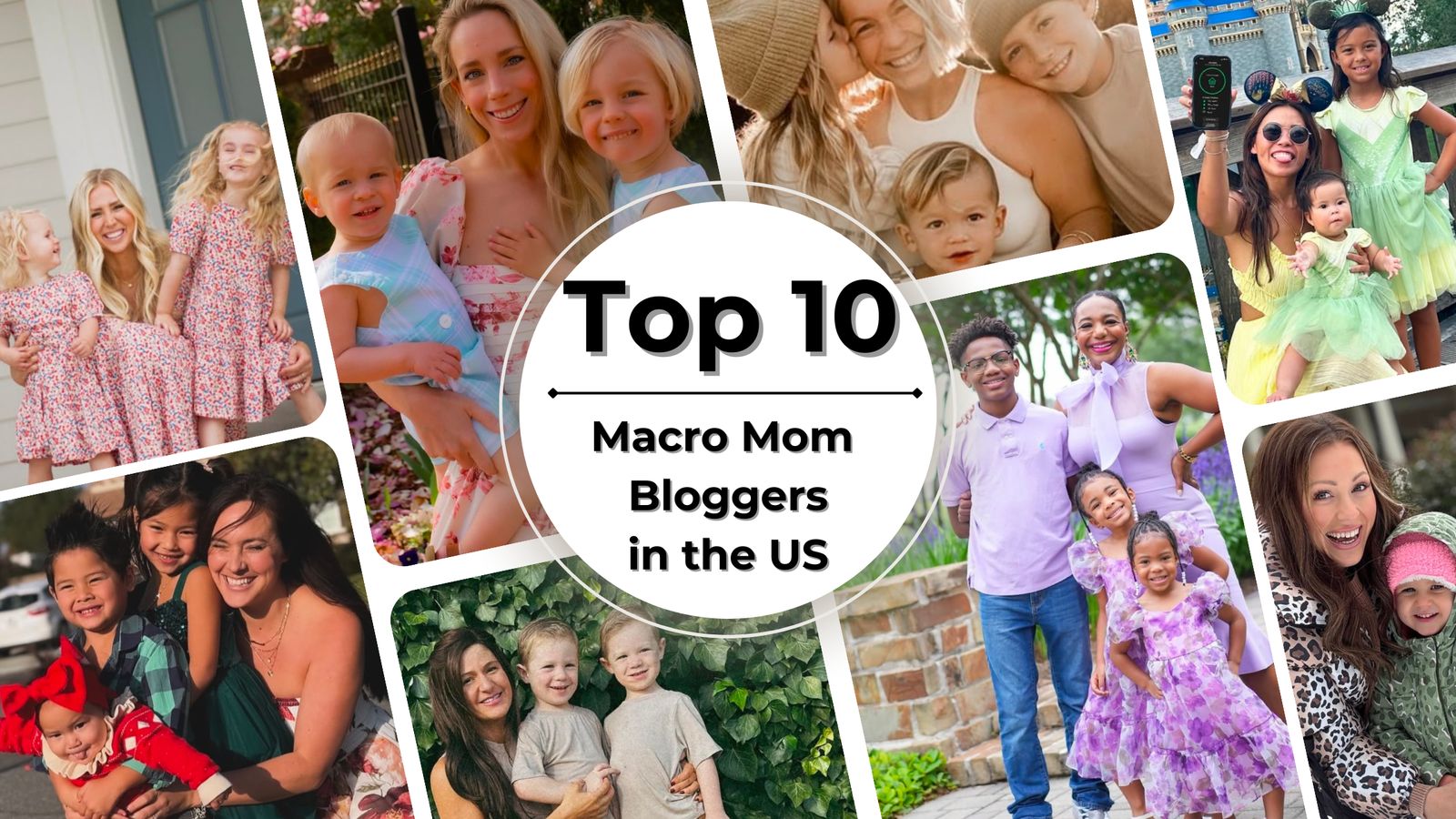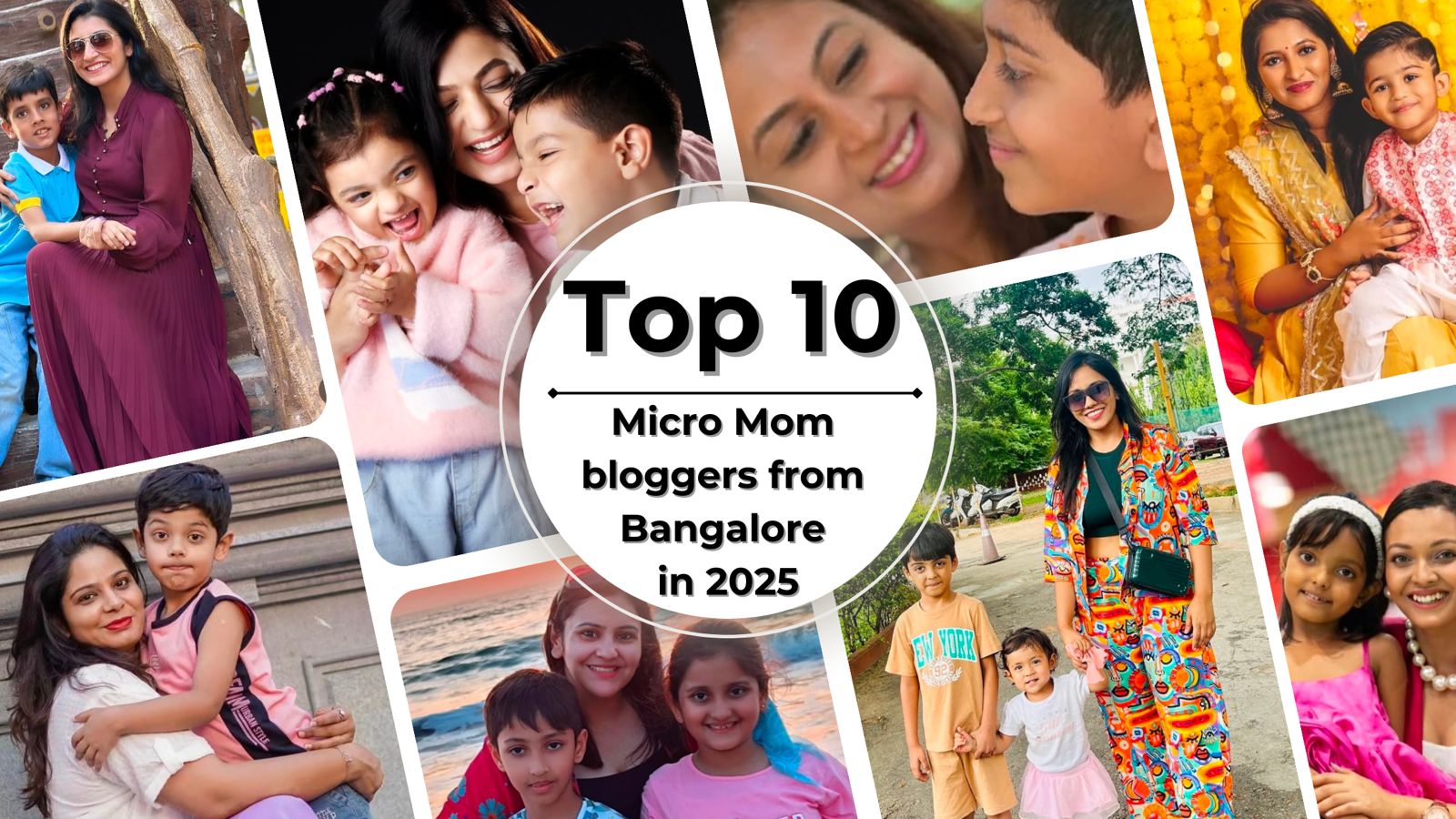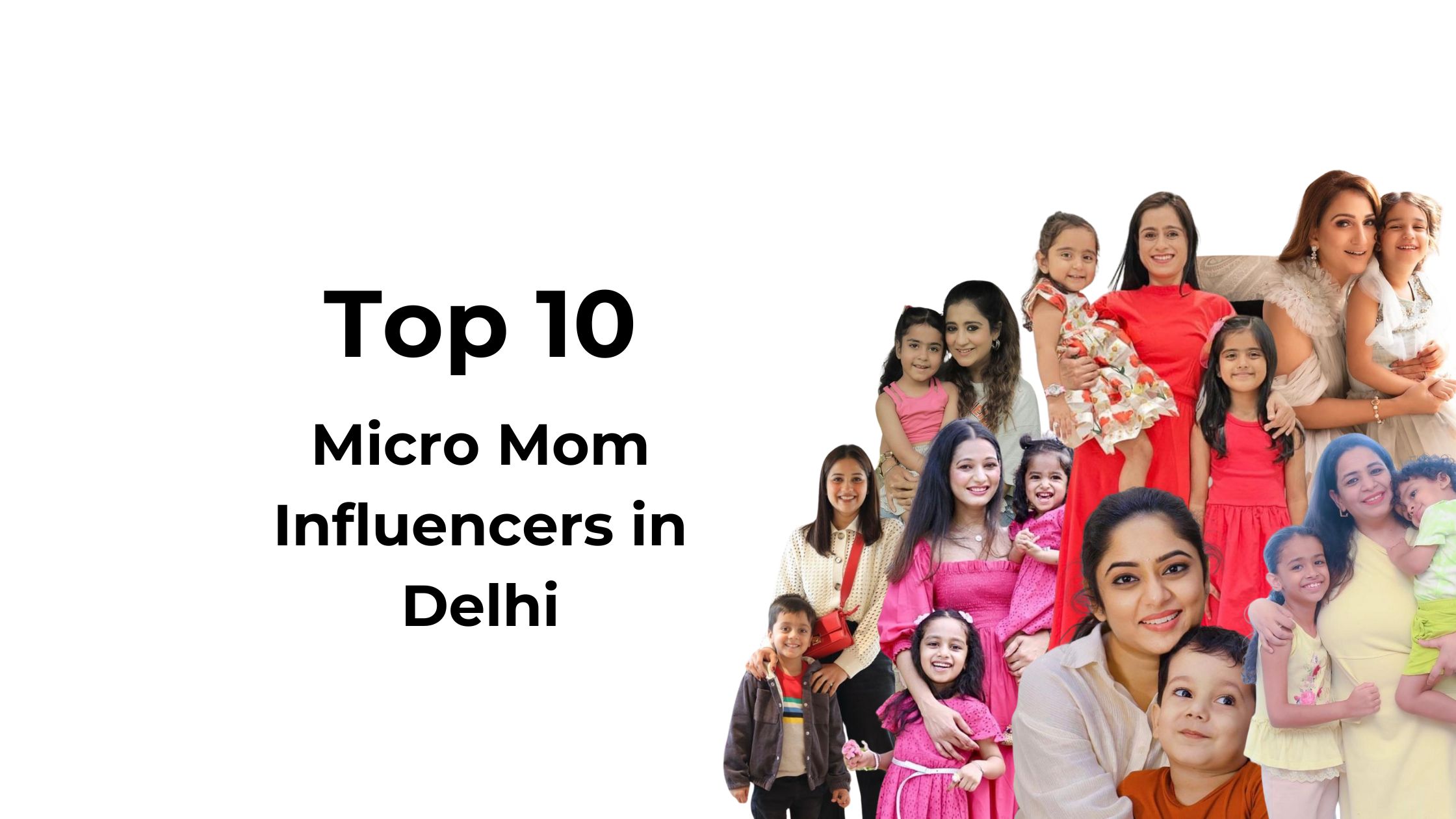1. Engagement Metrics
Engagement is a key indicator of how well your content resonates with the audience. Track likes, comments, shares, and saves on the influencer’s posts. Engagement rate is the ratio of the total number of likes, comments, and shares to the number of followers. High engagement rates often signify that the content is compelling and relevant to the audience. A higher value of ‘saves’ indicate the content is informative or motivating, which the user would like to revisit. However, higher comments not necessarily means positive and needs further sentiment analysis. Tools like Instagram Insights or third-party analytics platforms can provide detailed engagement data.
2. Reach and Impressions
Reach refers to the number of unique users who have seen the content, while impressions indicate the total number of times the content has been viewed. A high reach suggests that the campaign is successfully attracting new viewers, expanding your brand’s visibility. Most social media platforms offer native analytics to track these metrics.
3. Follower Growth
Monitor the growth of your brand’s social media followers during and after the campaign. An increase in followers can indicate that the influencer has effectively driven their audience to your brand’s profiles. However, ensure these followers are genuine and engaged, not just a temporary spike.
4. Website Traffic
Use tools like Google Analytics to track the influx of visitors to your website from the influencer’s content. Look at metrics such as the number of sessions, page views, and bounce rate. An effective campaign should drive significant traffic to your site, with visitors exploring multiple pages and spending time on your content.
5. Sales and Conversions
Ultimately, the success of a campaign often boils down to its impact on your bottom line. Track sales and conversions using unique promo codes, affiliate links, or dedicated landing pages for the influencer’s audience. This will help you attribute sales directly to the campaign and calculate the return on investment (ROI).
6. Brand Awareness and Sentiment
Beyond numbers, assess the qualitative impact of the campaign. Conduct surveys or social listening to gauge brand awareness and sentiment. Look for mentions, tags, and discussions about your brand across social media platforms. Positive sentiment and increased brand mentions indicate a successful campaign.
7. Return on Investment (ROI)
Calculate the overall ROI by comparing the campaign’s cost to the generated revenue or value. Consider both direct sales and indirect benefits like increased brand awareness and engagement. A positive ROI signifies that the campaign has met its objectives and delivered value for your investment.
Conclusion
Measuring the success of an influencer marketing campaign involves a blend of quantitative and qualitative metrics. By systematically tracking these indicators, you can gain insights into the campaign’s performance and make informed decisions for future strategies. Remember, a successful campaign not only drives immediate results but also builds long-term relationships with your audience.



